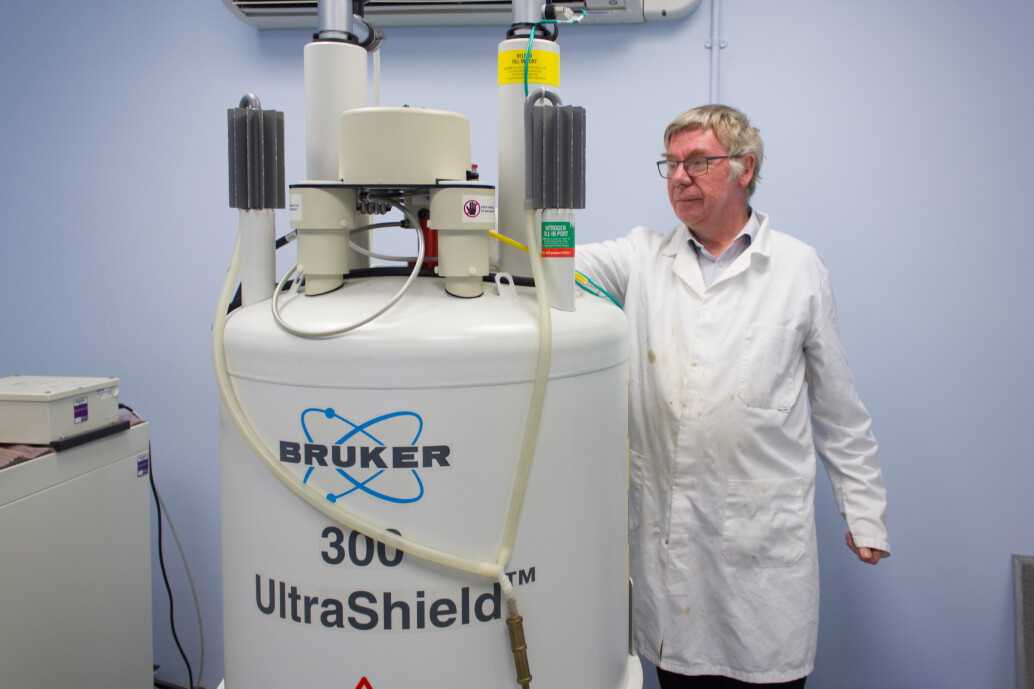Nuclear Magnetic Resonance Spectroscopy
Nuclear Magnetic Resonance (NMR)
A analytical method that is used to identify components of the sample and their chemical structure on the basis of 1H, 13C or 19F nuclei.
The principle of NMR is that many nuclei have spin and all nuclei are electrically charged.
If an external magnetic field is applied, an energy transfer between the base energy to a higher energy level occurs. The energy transfer takes place at a wavelength that corresponds to radio frequencies.
When the spin returns to its base energy level, the energy is emitted at the same frequency.
The signal that matches this transfer is processed and yields to an NMR spectrum for the nucleus concerned.
Common NMR active nuclei available are 1H, 13C and 19F.

Applications:
- Polymer blend analysis; monomer ratios in variety of polymers such as acrylates, EPDM, NBR and HNBR
- To determine the type and level of plasticiser in PVC components
- The 19F facility is used to determine the chemical structure and grade of fluorinated polymers that are very often used in seals and gaskets
- Compliance testing for (polycyclic aromatic hydrocarbons) PAH in tyres and extender oils. The samples are tested according to ISO21461 method and is accredited by UKAS






